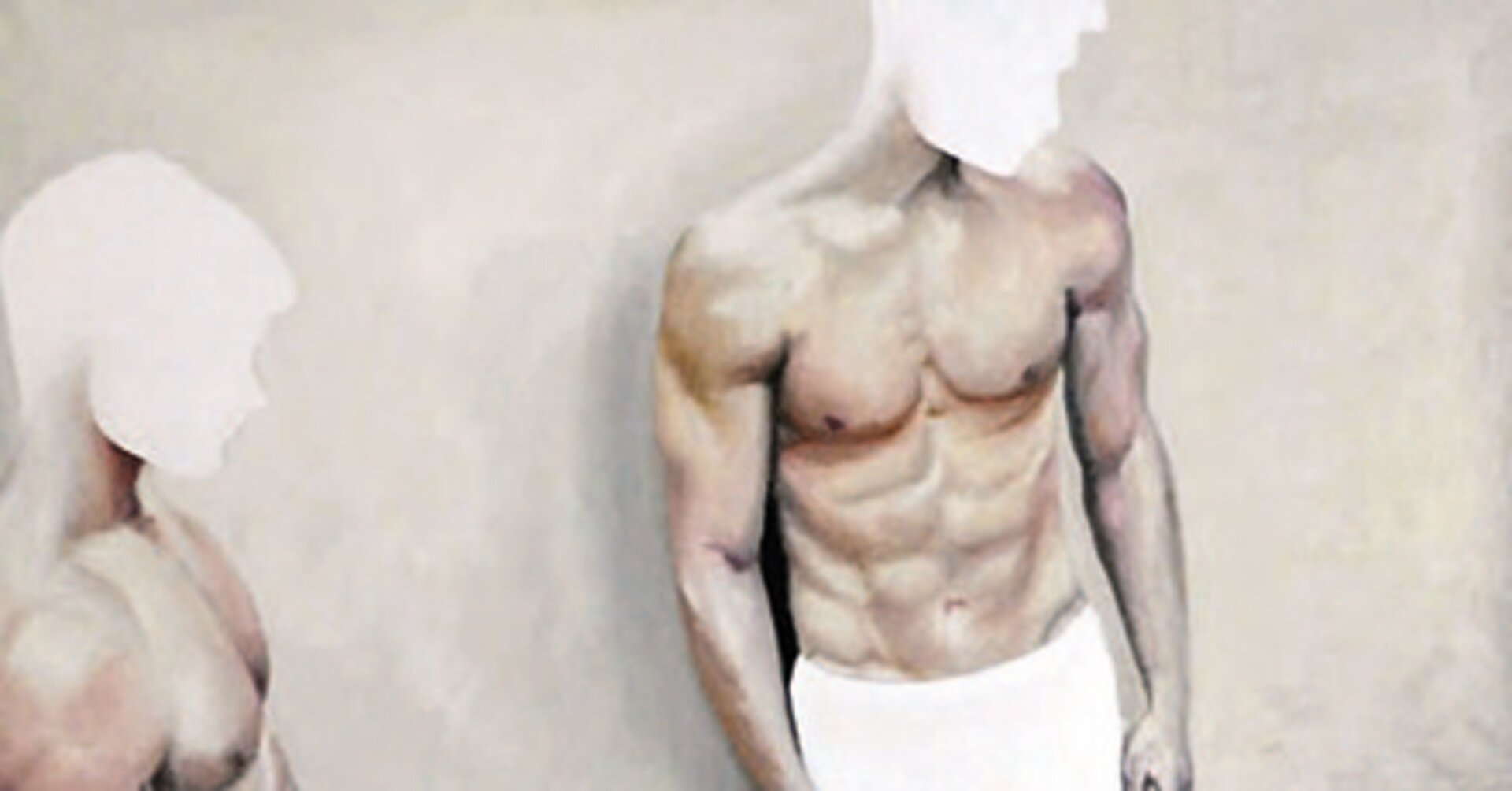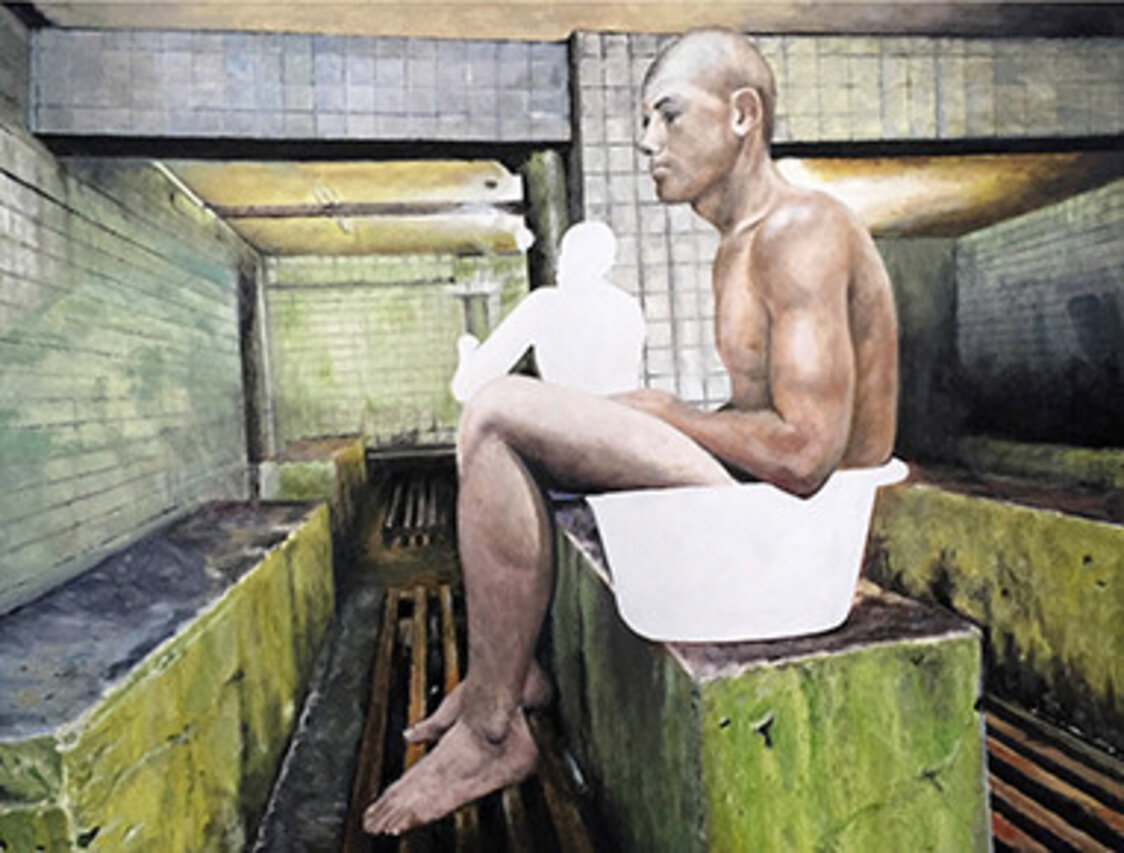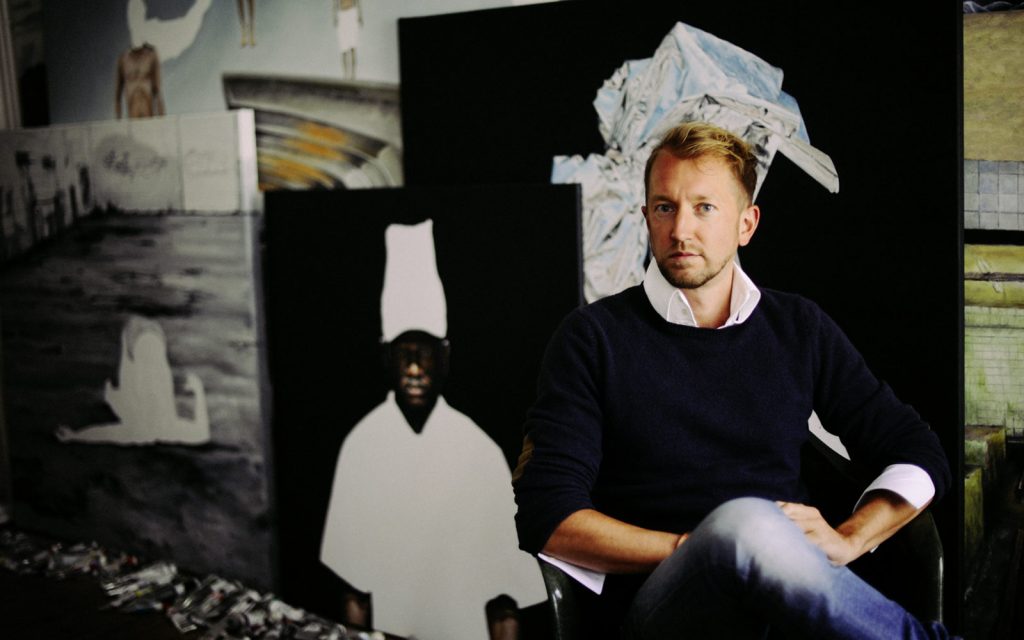Constantin Schroeder
Born in Hamburg in 1980, Constantin Schroeder has felt a great affinity for painting since childhood. Nevertheless, the now full-time painter studied theology and philosophy and art history and not painting. Long resisted the profession put in the blood, it broke out of him at some point and he confessed to wanting to be an artist. Today he lives and works in Berlin.
It is astonishing what pictorial worlds Constantin Schroeder develops. Internalizing the present with all its facets, he lets the gloom of the world flow through his brush. He also mostly uses a very scarce color palette. Colorism is not his thing. He concentrates on creating pictorial spaces that do justice to his imagination and those of the viewer. Mostly in large format, the scenes with their peculiar narrative style embrace the recipient. There is truly much for the viewer to see and process. Schroeder's works are not just somehow well painted or peculiar. In an almost surrealistic manner, the artist generates stories, scraps of which haunt his mind and shows abysses, end-time moods, almost seer-like. He filters the daily flood of news through his intuitive imagination and ciphers self-experience. Schroeder is a skillful compositor and does not want to get rid of the ghosts he called, he brings them into his pictorial spaces and triggers astonishment. He creates impressions that are difficult for the viewer to decipher. Art does not always have to show only "the bright side of life", quite often, and this is a tall order for it, it shows the flip side of our striving for harmony. Schroeder reaches deep into the archives of the human psyche. In his works, young heroes reveal interpersonal conundrums. The question of one's own existence and position and the freedom of the ego is conveyed through an enigmatic iconography. In several works the white blank space is striking, which soon has the inherent light character of medieval gold ground painting. The empty space that the artist deliberately sets, the picture that he deliberately leaves unfinished in order to open up possibilities for the viewer that are not otherwise offered to him in this way.
The viewer must perform a transfer and fill the gaps with his own power of imagination; visual space is equal to mental space. The lighting shows in part extremely overdriven brightness. Soon exposing and setting the scenarios in a cool atmosphere with glaring light, Schroeder shows violence, oppressive interpersonal situations and to a certain extent the loss of individuality.
Through his virtuoso painting, Schroeder is able to make us see differently - if we want to.
Barbara Leicht M.A., art historian



